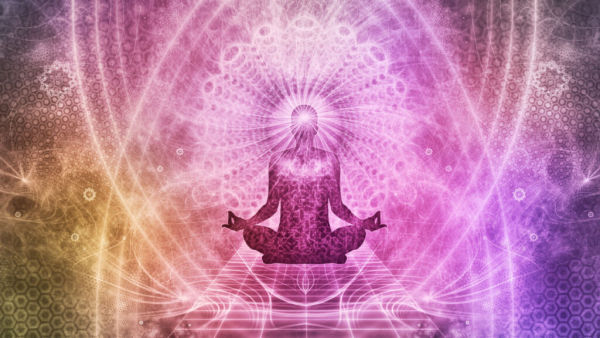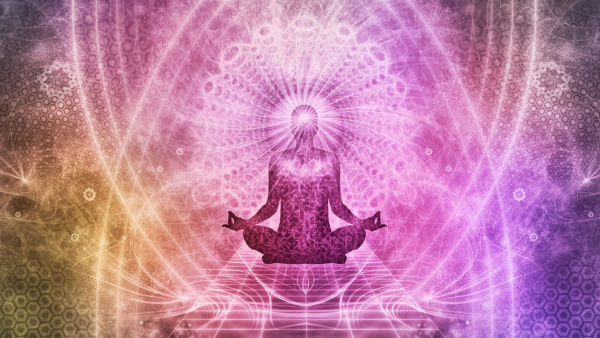

New Delhi: One word for which the whole world pauses every year on June 21 — and that word is Yoga. It is an ancient practice from India that remains highly beneficial today. Yoga is not just about stretching or standing on one foot; it is about finding peace inside yourself. It teaches us to stay calm even when life is busy. On International Yoga Day, we are reminded to take a moment to breathe, to feel still, and to simply be.
But why is Yoga Day on June 21? Is there any connection between Yoga and June 21? Read on to understand not just why Yoga Day is observed on June 21 but also the history of Yoga.
June 21 was chosen as International Yoga Day because it is the longest day of the year in the Northern Hemisphere. This date has special meaning in many cultures. In September 2014, Prime Minister Narendra Modi suggested the day during a speech at the United Nations. After this proposal, the UN adopted a resolution to celebrate the “Day of Yoga” in 2014. India’s delegation led the discussions for this decision.
In 2015, the Reserve Bank of India issued a special 10-rupee coin to celebrate International Day of Yoga. In April 2017, the United Nations Postal Administration released 10 stamps featuring yoga poses to honour the day.
The PM emphasised that the summer solstice, or the longest day of the year, has significance in Indian culture, marking the start of Dakshinayana. The second full moon after the summer solstice is known as Guru Poornima. In Hindu mythology, this is when Shiva, the first yogi, began teaching yoga to humanity and became the first guru.
On December 11 2014, India’s representative to the United Nations, Asoke Mukherji, presented a draft resolution for International Yoga Day. This resolution received support from 177 countries, making it the most co-sponsored resolution ever in the UN General Assembly. The resolution was adopted without a vote.
The first International Day of Yoga was celebrated around the world on June 21 2015.
Yoga is a spiritual practice that focuses on creating harmony between the mind and body. The word “Yoga” comes from the Sanskrit word ‘Yuj,’ which means ‘to join’ or ‘to unite.’ According to yogic texts, practising Yoga connects individual consciousness with universal consciousness, promoting harmony between ourselves and nature.
The main goal of Yoga is self-realisation and overcoming suffering to achieve liberation (Moksha) or freedom (Kaivalya). Through Yoga, we aim to live freely and healthily in all aspects of life.
Yoga is believed to have started at the very beginning of civilisation, thousands of years ago, before any major religions formed. In yogic traditions, Shiva is known as the first yogi (Adiyogi) and the first teacher (Adi Guru). Long ago, by Lake Mansarovar in the Himalayas, Adiyogi shared his profound knowledge with the Saptarishis or the seven sages.
Evidence of Yoga dates back to ancient India, with seals and artefacts from the Indus Saraswati Valley showing figures performing yoga practices. Symbols such as phallic images and idols of mother goddesses suggest the influence of Tantra Yoga. Yoga practices are found in folk traditions, the Indus Valley civilisation, Vedic texts, Upanishads, Buddhist and Jain traditions, as well as in the great epics, such as the Mahabharata and Ramayana.
Historical records indicate that Yoga existed in the pre-Vedic period (approximately 2700 B.C.) and continued to evolve until the time of Patanjali. Key sources of information about Yoga during this time include the Vedas, Upanishads, Smritis, teachings from Buddhism and Jainism, as well as the earliest texts, known as Puranas.
The Classical period, roughly spanning from 500 B.C. to 800 A.D., is a pivotal time for the development of Yoga. During this period, significant commentaries on the Yoga Sutras and the Bhagavad Gita were composed. This period is often associated with two significant teachers, Mahavir and Buddha.
From 800 A.D. to 1700 A.D., known as the Post-Classical period, notable scholars such as Adi Shankaracharya, Ramanujacharya, and Madhavacharya made significant contributions. Other influential figures during this time included Suradasa, Tulasidasa, Purandardasa, and Mirabai.
The Modern period, from 1700 to 1900 A.D., witnessed the rise of great yoga teachers, including Ramana Maharshi, Ramakrishna Paramhansa, Paramhansa Yogananda, and Vivekananda. This time marked the growth of Raja Yoga, Vedanta, Bhakti Yoga, and Hatha Yoga.
Today, people worldwide recognise the benefits of Yoga for health and well-being. Millions practice Yoga daily, continuing the traditions carried on by ancient Yoga masters. The practice of yoga continues to grow, becoming more vibrant every day.